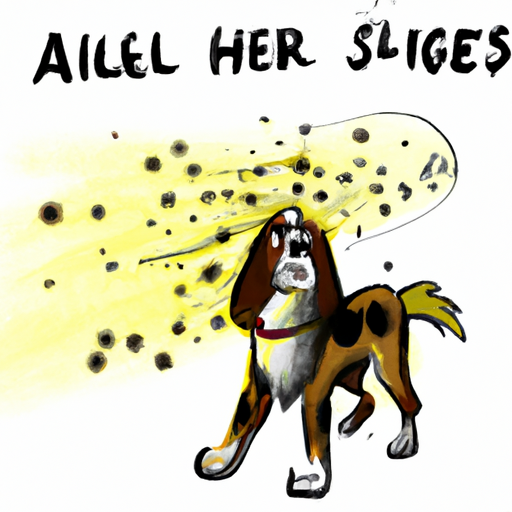Understanding Reverse Sneezing
As a loving pet owner, you’re likely familiar with the sight of your dog sneezing. But have you ever seen your dog reverse sneeze? It’s a curious phenomenon that can leave you puzzled and even worried. Imagine your dog standing still, extending their neck and making rapid, forceful inhalations through their nose, accompanied by snorting or gagging sounds. This is reverse sneezing, and while it might look alarming, it’s generally harmless. But what triggers this strange behavior?
The Science Behind Reverse Sneezing
A reverse sneeze is caused by a spasm of your dog’s throat and soft palate. This spasm is typically triggered by an irritation to the throat, pharynx, or laryngeal area. But what can cause this irritation? Let’s explore:
- Allergens: Just like you, your dog can also be sensitive to environmental allergens. Dust, pollen, perfumes, smoke, cleaning products — any of these can trigger a reverse sneezing episode.
- Excitement or activity: Sometimes, a bout of reverse sneezing can follow a period of intense excitement or vigorous play.
- Pulling on the leash: If your dog pulls on their leash, the pressure on their throat can sometimes trigger a reverse sneezing episode.
- Eating or drinking: Eating or drinking too quickly can sometimes irritate the throat, causing a reverse sneeze.
Reverse Sneezing vs Normal Sneezing
While normal sneezing and reverse sneezing might seem similar, they’re actually quite different. Here’s a quick comparison:
| Normal Sneezing | Reverse Sneezing |
|---|---|
| Exhalation through the nose | Rapid, forceful inhalation through the nose |
| Caused by irritation in the nasal passages | Caused by irritation in the throat, pharynx, or laryngeal area |
| Common in all dogs | More common in small, brachycephalic breeds |
When to Seek Veterinary Help
While reverse sneezing is generally harmless, there are situations where you may want to consult with a vet. If your dog’s reverse sneezing episodes are frequent, prolonged, or accompanied by other symptoms like a runny nose, eye discharge, or changes in appetite or behavior, it’s time to seek professional help.
How to Help Your Dog During a Reverse Sneezing Episode
If your dog is having a reverse sneezing episode, here’s how you can help:
- Stay calm: Your dog can pick up on your emotions, so try to stay calm and soothing.
- Gently stroke their neck: This can sometimes help to stop the spasms.
- Briefly cover their nostrils: This will force your dog to swallow, which can help to break the cycle of spasms.
FAQ
Q: Are certain breeds more prone to reverse sneezing?
A: Yes, small and brachycephalic breeds like Bulldogs, Pugs, and Shih Tzus are more prone to reverse sneezing.
Q: Is reverse sneezing painful for my dog?
A: While it can look distressing, reverse sneezing is generally not painful for dogs.
Q: Can I prevent my dog from reverse sneezing?
A: While you can’t completely prevent it, you can reduce the frequency by identifying and eliminating potential triggers.
Q: Should I take my dog to the vet every time they reverse sneeze?
A: Not necessarily. If the episodes are infrequent and short, with no other accompanying symptoms, there’s no need to worry. However, if you notice any changes or if the episodes become more frequent or prolonged, it’s a good idea to consult with a vet.



